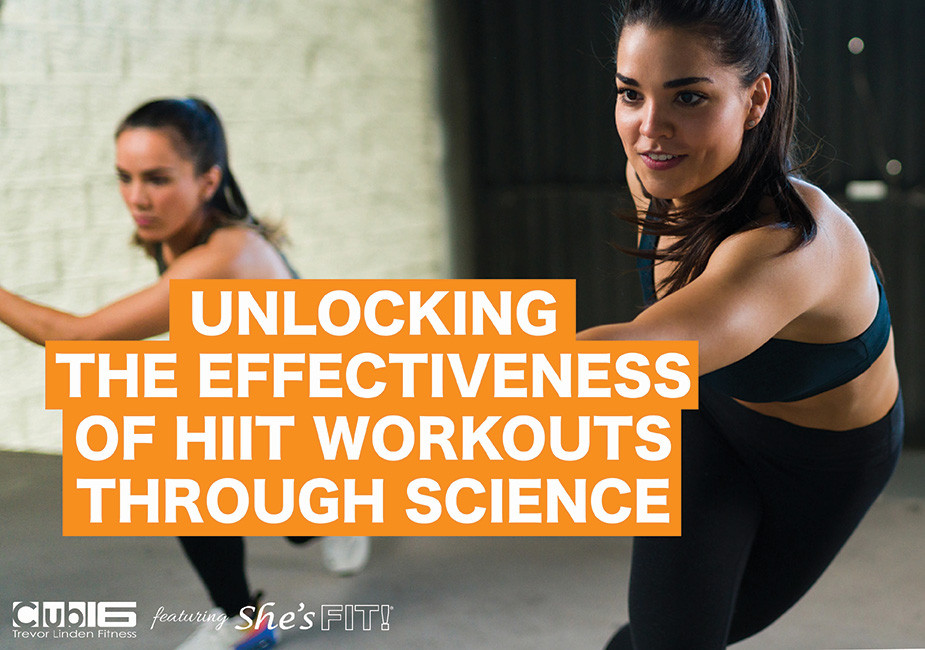High intensity interval training (HIIT) has gained popularity in years, for its effectiveness and efficiency, in achieving fitness goals quickly and effectively compared to traditional cardio workouts that require longer dura- tions of steady activity alternating with rest or lower intensity exercises. If you want to lose weight or enhance your stamina and fitness level swiftly and effectively with HIIT workouts will help you reach your goals swiftly and efficiently.
What does HIIT stand for?
HIIT involves switching, between activities, like sprinting or cycling and lighter exercises to give your body breaks to recover in between bursts of high intensity training for about 20 to 30 seconds each time before rest- ing similarly or a bit longer to work various muscle groups and elevate heart rate levels significantly during the intense intervals.
For people, with schedules looking to get the most out of their workout in a short time frame. a standard HIIT session typically ranges from 15 to 30 minutes, in duration.
Unraveling the Theory of High Intensity Interval Training (HIIT)
HIIT is highly effective because it pushes your body into a state of exercise oxygen consumption (EPOC). After a HIIT workout session your body keeps burning calories at a rate as it tries to get to its normal state. This is commonly known as the “afterburn effect”. Can last for hours after your workout ends. After a HIIT session ends you might end up burning calories as compared to what you would burn in cardio workouts.
Studies have demonstrated that high intensity interval training (HIIT) benefits muscular fitness levels alike according to a research article, in the Journal of Sports Science & Medicine.1 The research revealed that HIIT can greatly enhance heart health and metabolism while also improving muscle stamina and aiding in fat loss when compared to moderate intensity continuous exercise (MIKE).
ADVANTAGES OF HIGH INTENSITY INTERVAL TRAINING EXERCISES
Maximizes Fat Loss, in a Shorter Duration
High intensity interval training (HIIT) is popular, for its effectiveness in burning calories within a timeframe of 20 to 30 minutes compared to longer workouts with moderate intensity levels according to research findings.
The quick and intense workout intervals push your body to utilize reserves, for energy which aids in reducing body fat.
High Intensity Interval Training (HIIT) can rev up your metabolism not just while you’re working out but after- ward too! The vigorous workout triggers your body to keep burning calories even after you’re done exercising. All thanks, to the afterburn effect known as Excess Post Exercise Oxygen Consumption (EPOC). This can help in shedding fat and enhancing your metabolic health in the run.
High Intensity Interval Training (HIIT) has proven to benefit health by enhancing the bodys capacity to effi- ciently absorb and utilize oxygen. A research published in the American Journal of Physiology2 revealed that individuals who participated in HIIT experienced enhancements, in their VO2 max, an indicator of aerobic endurance that correlates with improved heart and lung functionality.
No gear required.
One great aspect of HIIT is how adaptable it is! Although you can definitely do HIIT workouts, at the gym with machines such as treadmills or stationary bikes or rowing machines; you can also have a HIIT workout using your body weight! Moves like jumping jacks; burpees; high knees; and mountain climbers are excellent, for
HIIT training. Don’t need any equipment.
Enhances muscle. Stamina
Engaging in high intensity interval training (HIIT) works out muscle groups simultaneously. Contributes to sculpt and fortify your muscles gradually.The vigorous exertions demanded in each interval enhance your mus- cle endurance and enable you to excel in forms of physical exercises effectively.
TIPS TO ADD HIGH INTENSITY INTERVAL TRAINING (HIIT) INTO YOUR GYM ROUTINE.
When you’re, off, to the gym. Looking to add HIIT to your workout plan. Here’s an easy framework to stick to: Cardio equipment suitable, for high intensity interval training.
Try incorporating intervals into your workout routine by using a treadmill or rowing machine or stationary bike. You could sprint for 30 seconds. Then switch to walking or cycling at a pace for 1 minute before repeating this sequence for 15 to 20 minutes while adjusting the intensity as required.
Intense HIIT workouts using your body weight are a way to stay fit and active. Design a series of bodyweight workouts that focus on muscle areas like this:
- Performing a set of burpees for half a
- After taking a 30 second Lets do 30 seconds of mountain climbers.
- Just take a break for 30
- Perform squat jumps continuously for half a
- Take a break for 30
Do the circuit exercise for 3 to 5 sets. Make sure to modify the rest period as necessary.
Perform high intensity interval training (HIIT) using weights.
You can spice up your HIIT workout by adding in some kettlebell swings or dumbbell snatches with weights, for a challenge! Mix in weighted squats too for a full body burn. Just remember to switch between reps and quick breaks to really push your heart rate and keep those muscles working hard!
High intensity interval training (HIIT) routines offer an research supported method to shed fat effectively en- hance heart health and boost muscle definition. The mix of high intensity exertions and brief rest intervals sus- tains a metabolism post workout conclusion—proving to be a valuable asset, for weight loss goals and overall wellness. Whether you’re working out in a gym setting or, within the comfort of your home environment; HIIT sessions can be customized to match your timetable and fitness capabilities.
Journal of Sports Science & Medicine* – https://www.jssm.org
American Journal of Physiology* – https://journals.physiology.org








